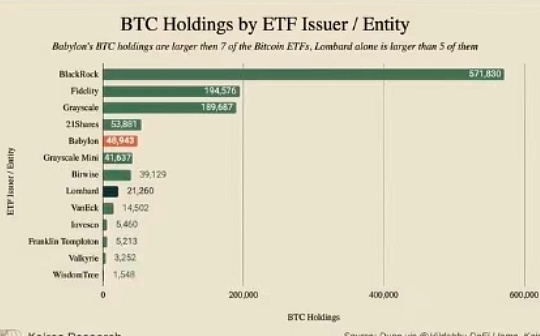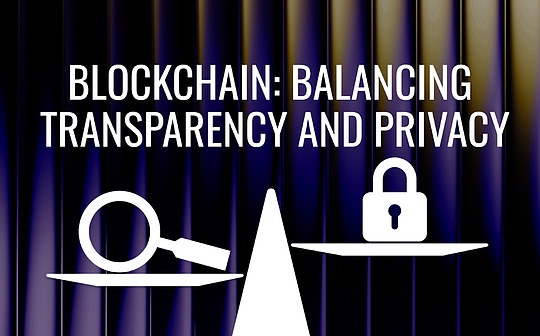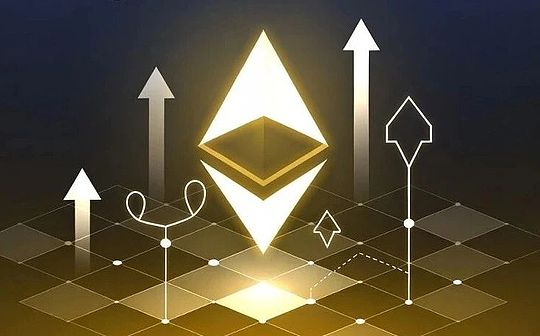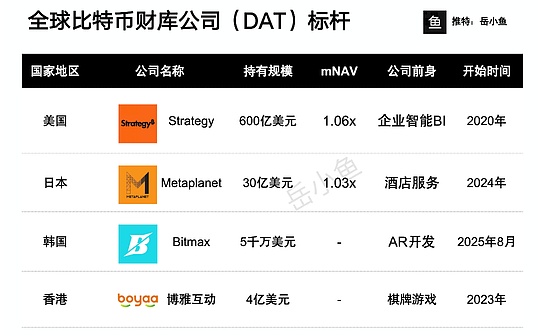
Compilation:Block unicorn
Preface
Decentralized Finance (DeFi) on Bitcoin is no longer just a theory.Despite some setbacks, momentum surrounding unlocking Bitcoin’s potential as a digital gold is growing.
But to be honest: no one really pays attention.This is understandable.Because until recently, things have been a little confused.
When Ethereum built a huge DeFi economy, Bitcoin was on the sidelines, with more than $1.5 trillion in liquidity locked in a cold wallet.The absence of DeFi smart contracts, the lack of decentralized encapsulation/bridge (wBTC), and the identity of Bitcoin as digital gold limit the development around this orange currency ecosystem.But things are changing.
With a batch of new protocols being launched on and around Bitcoin, we see the foundations of a true BTC native DeFi stack.Projects like Babylon, Lombard, SatLayer and Solv Protocol lead in technology and total lock-up value (TVL), each addressing different parts of DeFi Lego.
Babylon: Bitcoin’s staking layer
Babylon can be compared to Ethereum’s Beacon Chain, but is designed specifically for Bitcoin.It is a native Bitcoin staking protocol with over $5 billion in TVL, and is the first of its kind.
What’s special about Babylon is that it allows users to stake BTC directly on the Bitcoin main network without bridging or encapsulation.The coins remain in place and are stored in an unmanaged manner.
But Babylon is not just pledged for pledge.Its main innovation is to extend Bitcoin’s security to other blockchains, whether it’s the EVM chain, Rollup or application chain.
Bitcoin holders can now help protect the network by locking their coins and earn rewards from the chains they protect.

Lombard: Bitcoin’s liquidity pledge
It’s Lido for Bitcoin.Babylon is responsible for the pledge; Lombard makes it combinable.
So Lombard has $1.9 billion in Bitcoin-related TVL built on Babylon.It allows users to stake BTC through Babylon and obtain LBTC, a liquid staking token representing a staking position.
In fact, as we said before, BTC staked through Babylon is still locked on the BTC network.Therefore, they are “useless” without consensus mechanisms for verifying other networks.They cannot be used for DeFi.This is exactly what Lombard is for.Now users can get liquid staking BTC (LBTC) and start trading, lending, mining and all other things like that.
Lombard earns earnings by delegating BTC to Babylon validators, who in turn protect external networks and receive rewards, as mentioned earlier.These rewards are shared with LBTC holders.Simply put, the more chains Babylon validates, the higher the profits the stakeholder will have.
Lombard is active in multiple ecosystems such as Sonic, Sui, and Base, and has partnered with agreements such as Aave, Pendle, Ether.Fi and Corn to demonstrate its composability.It also played a major role in Boyco Berachain liquidity activities, helping to launch early TVL.

SatLayer: Bitcoin’s EigenLayer
As the title suggests, SatLayer can be imagined as the Eigen Layer built on Babylon.
Although its TVL is the least on the list, at just $340 million, it introduces a new restaking model.Babylon locks BTC to protect external networks at the consensus layer, while SatLayer allows users to restake LBTC to protect application layer.
This opens the door to the market for profits directly from protected applications, for example, an oracle payment re-staker to ensure data integrity, or a Rollup payment re-staker to ensure transaction validity, or a bridge payment to avoid cuts or fraud.
SatLayer supports restaking on EVM and Sui networks.
Have you seen the whole picture now?
-
Babylon, as the basic layer, provides consensus for the network;
-
Lombard unlocks locked Babylon BTC as liquid stake;
-
SatLayer provides re-staking to provide economic security guarantees for the application layer.
Is its similarities to Ethereum, Lido and Eigen Layer starting to emerge?
However, it should be noted that both Lombard and SatLayer are currently relying on Babylon, and vice versa.
SatLayer does not necessarily rely on Lombard, although given its decentralized nature, Lombard is currently the only solution it exploits.
Solv Protocol: BTC Reserve and DeFi Vault
The Solv protocol has $524.27 million in TVL in the BTC ecosystem, taking a different approach.
Similar to Lombard, it provides liquid staking for BTC, but does not rely on Babylon and focuses on building its own Bitcoin reserve strategy and other DeFi products.
In fact, the SolvBTC token is a liquidity representative of its BTC reserve strategy, where users deposit into a packaged version of BTC, and then Solv converts most of it into native BTC through institutional channels and stores it through centralized hosting.
While Solv does not rely on Babylon, it benefits from Babylon-related assets such as LBTC.In turn, it provides higher composability thanks to its DeFI vault.
Conclusion
DeFi on Bitcoin is no longer just a fool.With the emergence of new protocols and the increase in liquidity, we may be witnessing a new era of Bitcoin decentralized returns.
This is no longer just about encapsulating BTC onto Ethereum, but about unlocking native BTC DeFi.
As more projects like Botanix launch EVM-compatible Bitcoin blockchains, the composability and potential value of these layers may take off.Billions of idle BTC may soon become active collateral, helping to validate the network, secure applications and earn real benefits.
Institutional investors are flocking to Bitcoin, and they like the gains.







